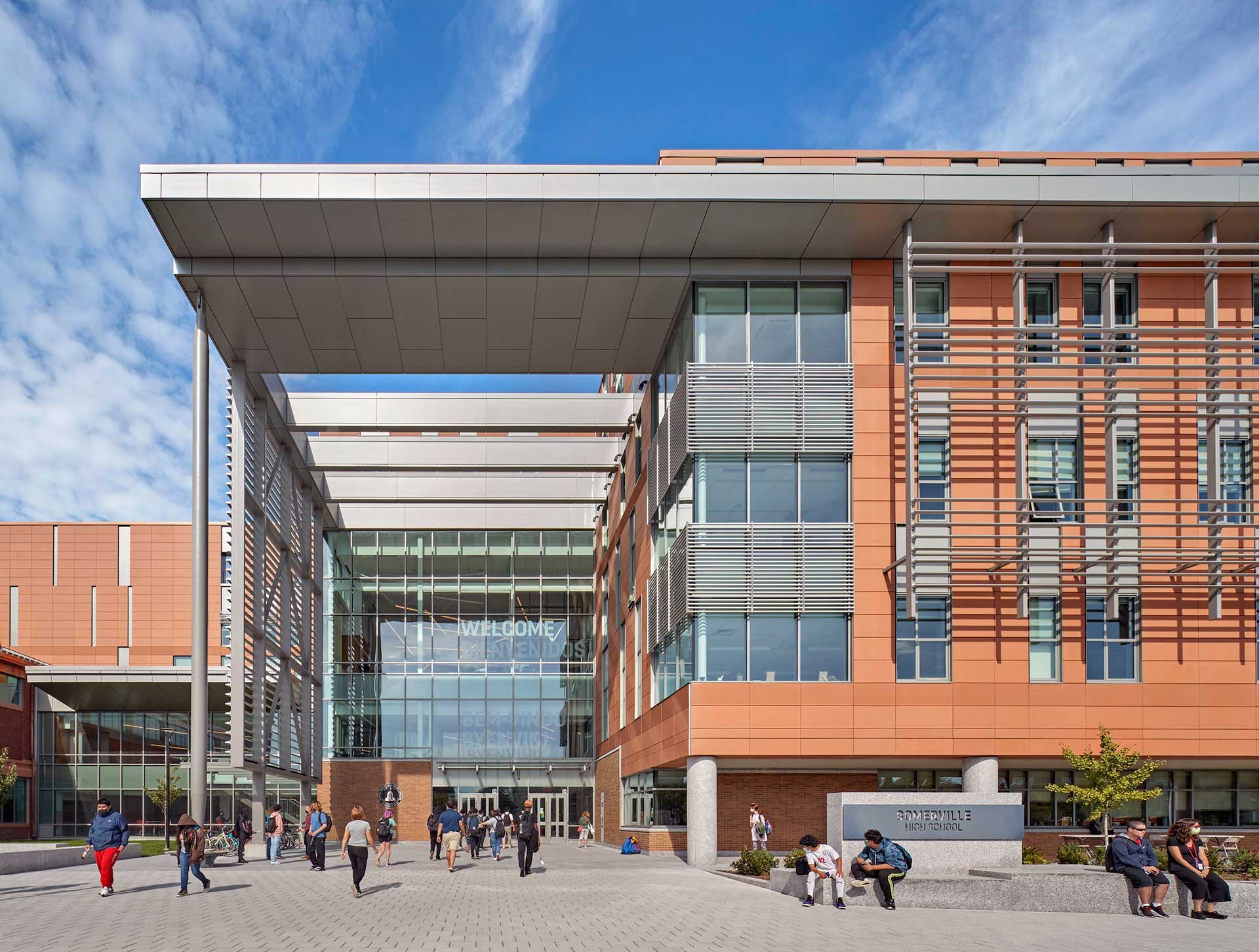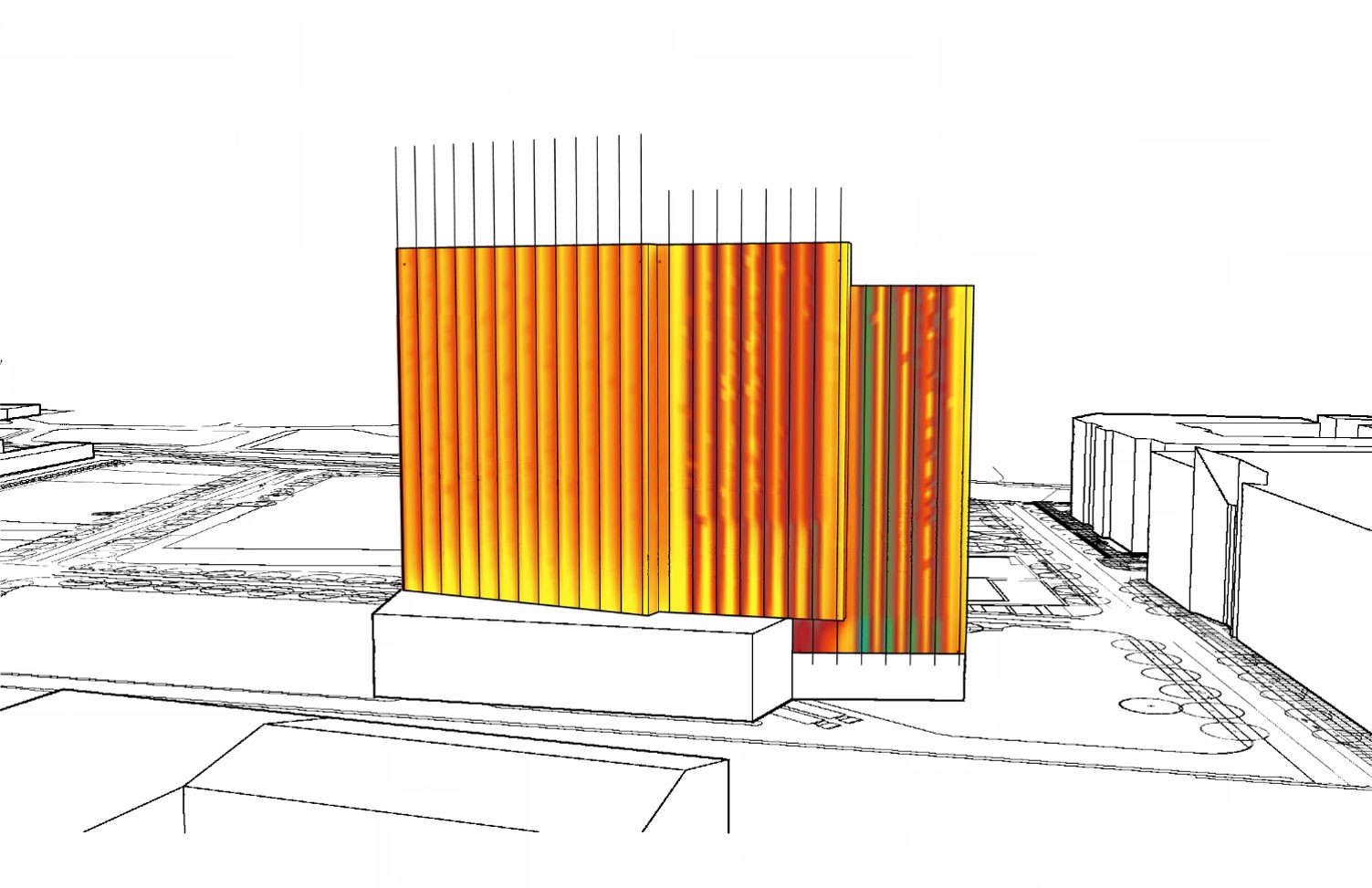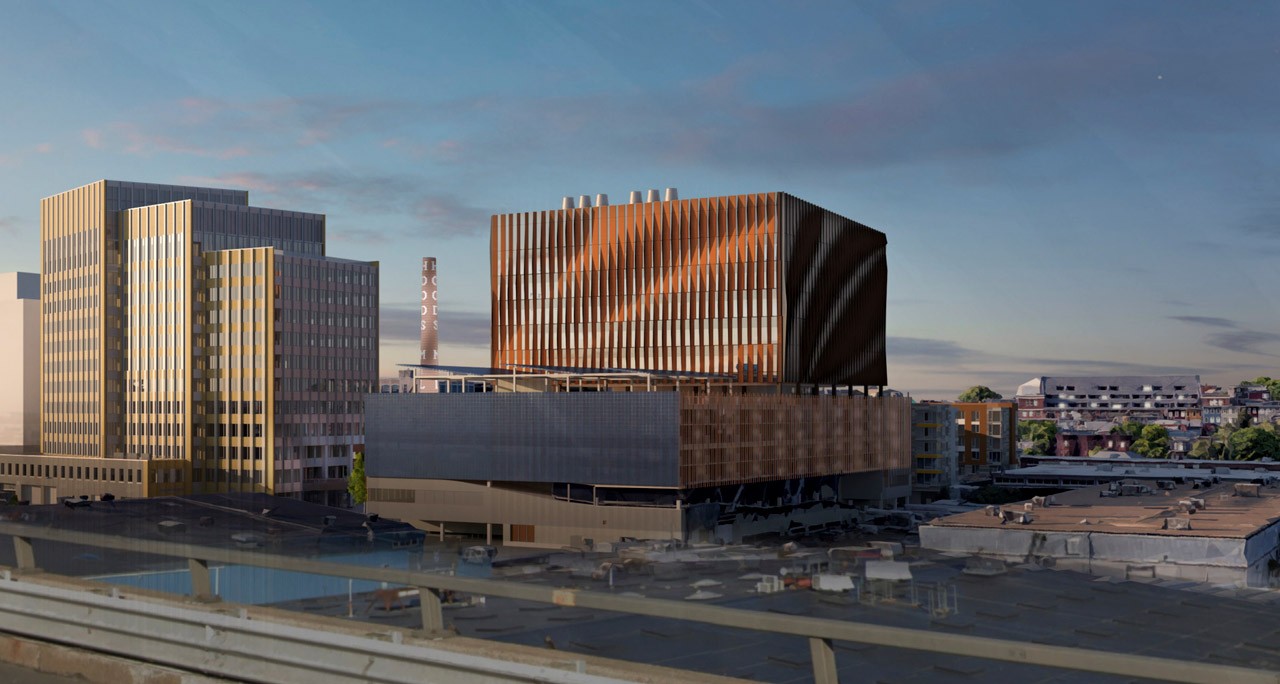Above: The Lincoln School in Lincoln, MA achieves net zero energy through a high-performance building enclosure, efficient design choices, and renewable energy.
How to Achieve Net Zero Energy in Five Steps
Net zero energy (NZE) was once the holy grail of sustainable building design—enticing, but often out of reach.
That has all since changed. Giant leaps in net zero design such as improved materials, a better understanding of building science, and cheaper renewable energy have made NZE buildings a viable and affordable goal for building owners.
Take the example of K-12 schools: Back in 2017, SMMA had just one net zero school project in our portfolio. In 2022, five years later, we have six schools that are net zero ready. This underlines how net zero energy has become a more realistic and serious goal, precisely because it is easier to do.
So what are the best practices that owners and developers can follow to ensure their projects meet net zero standards? At a basic level, there are five key steps. They can be applied to reach net zero energy for all kinds of buildings, from offices and labs to schools and homes.

1. Reduce Energy Demand
When striving for net zero energy, an airtight and super-insulated building enclosure should be your number-one priority. This will allow you to reduce the building’s overall energy consumption to a level where NZE becomes viable.
Think of every square inch of your building enclosure as an opportunity to maximize thermal performance. A highly insulated building enclosure—ideally with triple glazed window systems—greatly reduces heating and cooling demand. It also allows you to use smaller HVAC systems, which typically saves energy and reduces your initial cost outlay.
SMMA used this exact approach at The Lincoln School, our first ever net zero school renovation. Partnering with net zero specialists Maclay Architects, we redesigned the exterior walls and roof envelopes to allow for deeper insulation. This resulted in a 48.1% carbon reduction.




